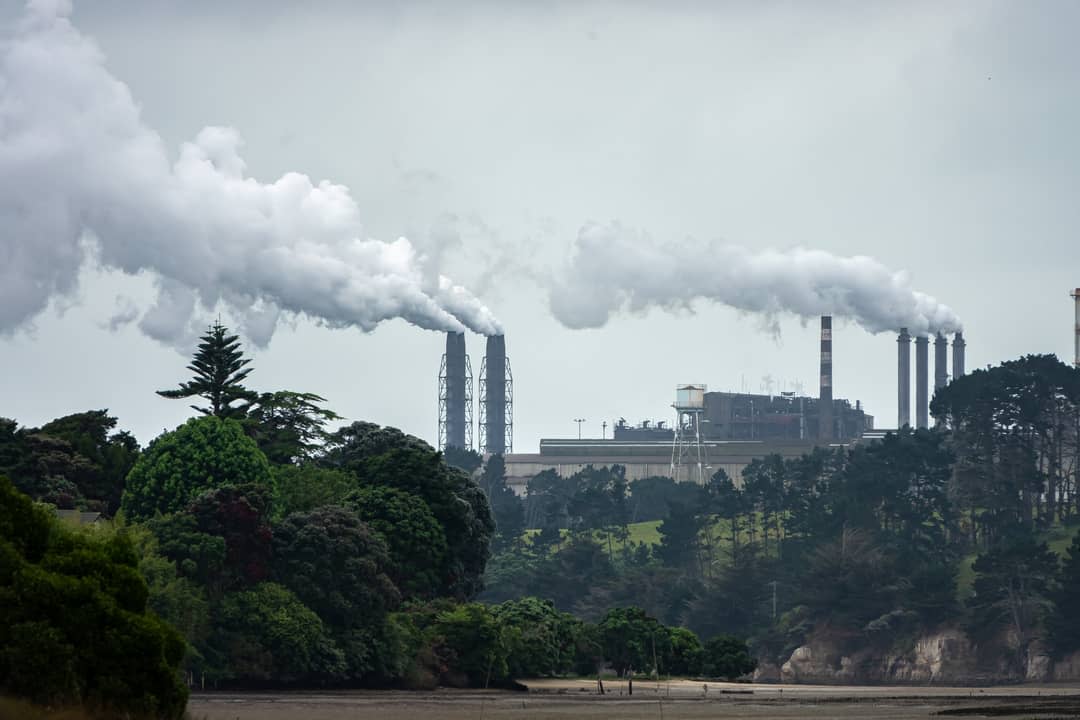Does Indonesia’s carbon tax have the power to trigger a sustainable market shift?
In the middle of the year, the Indonesian government will put its carbon tax into practice through a pilot program directed at coal-fired power plants, but it’s yet to be determined how much it will reduce Indonesia’s greenhouse emissions.
With all eyes on Indonesia for its climate action following the country’s G20 presidency, taxing US$2.10 for a ton of emissions may not be enough to save the country from its climate crisis.
A carbon tax is a price instrument that charges on the amount of carbon emission to produce goods and services.
The carbon tax follows a cap and tax scheme, where corporations pay taxes if their carbon emission reaches beyond a limit set by the government.
The #Government decision to delay #carbon #tax implementation by three months has come as a #Relief to #Indonesia #economy,which already had to cope with rising #fuel,#Cookingoil,#soybean prices as well as a #valueaddedtax rate that increased by one% point this month https://t.co/1cxTqcBh0u
— Salina Reddy (@ReddySalina) April 6, 2022
Indonesia is set to charge a levy of Rp30 per kilogram of CO₂-equivalent (CO₂e), or US$2.10 per ton of CO₂e, from July this year. This is a small amount compared to the suggested carbon tax rate by the World Bank and IMF, which is between US$30-$100 per ton of CO₂e for developing countries.
A positive step, but …
More than 20 countries have included a carbon tax in their climate strategy. However, while the carbon tax initiative is a remarkable stepping-stone for Indonesia’s climate change mitigation, with one of the lowest carbon prices in the world, it might not serve as an effective incentive to shift market behaviour towards sustainable operation.
One of the objectives of the carbon tax is to stimulate industry innovation and transition towards low-emission technology. If the price of emission is too small, businesses will just see it as a modest increase to their production cost, but not enough of a trigger for them to invest and transform into a sustainable business operation.
Therefore, the application of the carbon tax needs to be accompanied by sufficient renewable energy alternatives and low-emission technology for it to create incentives to reduce emissions.
In this case, the government has the opportunity to alter a number of regulations on the ease of doing business for the renewable energy sector. This is because up to 80% of production costs lie in the electricity cost.
The carbon tax will not have significant impacts if the subsidies for fossil fuel energy such as coal aren’t being phased out or shifted towards renewable energy.

While the fossil fuel subsidy maintains the affordability of electricity, the amount of subsidy is still disproportionately large compared to the carbon tax. If this continues, renewable energy will remain less competitive than coal.
Without proper measures, a carbon tax can also put more pressure on the state budget as the government tries to further compensate through additional subsidies to maintain electricity affordability.
The development of a carbon tax requires a lengthy process, as experienced by other countries. However, if formulated and priced effectively, it can provide sufficient additional income to the government, and accelerate emission reduction.
A carbon tax rate of US$30-$100 per ton CO2e for developing countries has the potential to generate an additional revenue of up to 1.5% of the country’s gross domestic product (GDP), according to the World Bank and the IMF.
A combination of infrastructure and policies, where the proceeds from carbon tax is reinvested into low-emission technology, could help Indonesia in its effort to reduce emissions by 29% by 2030.
A calculation for the ideal carbon tax in Indonesia will be needed, especially taking into account the cost borne by businesses and their post-COVID-19 recovery efforts.
Indonesia needs to acquire the appropriate monitoring and evaluation efforts to avoid economic risk and political unrest in response to the launch of the carbon tax.
Looking at other countries’ experiences, the carbon tax could be better designed if the government can reflect on case studies where carbon tax is utilised to build a renewable energy ecosystem within the appropriate timeline.
The current carbon tax rate raises many questions regarding its effectiveness for a behavioural shift towards low-emission development. With the lack of renewable technology alternatives and effective carbon pricing policies, businesses would be hesitant to shift and invest in sustainable business models.







